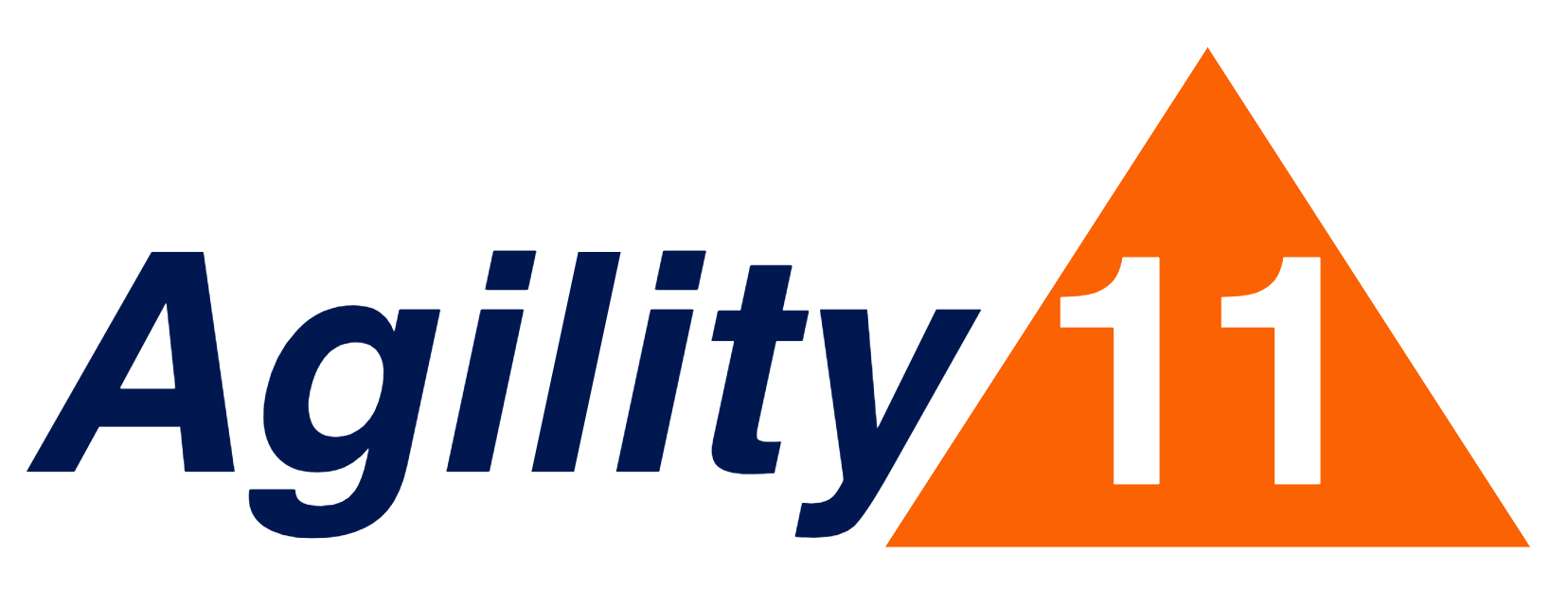Predictability AND Adaptability: A Healthy Tension
A central value in Agility is maximizing customer value, which requires a balance between predictability (stability) and adaptability. We create a product roadmap to set expectations, and we also adapt the roadmap to take advantage of new knowledge and opportunities.
Tim Arnold, in his book The Power of Healthy Tension, articulates a useful and practical model to harness the power of this essential tension between two opposing forces - in this case, predictability and adaptability.
Identify the crux tension, and higher value or goal they both serve
Mind your bias; embrace your opposite
Speak the language of polarity management
Make informed decisions
Image by Evan via creative commons license.
Let’s examine Arnold’s model using the scenario of predictability versus adaptability.
1) Identify the crux tension and the higher goal
Goal: Maximize customer value
Crux tension: predictability versus adaptability
2) Mind your bias; embrace your opposite
Which side do you favor by default? It’s crucial to have a keen awareness. If you are biased to favor predictability, then actively seek viewpoints from those who are biased toward adaptability. Build a partnership with someone who balances your own bias.
3) Speak the language of polarity management
A mindset of genuine curiosity and humility are essential to managing the discussion on the polarity. Some ‘mantras’ that can help:
“Seek first to understand, and then to be understood.” - Stephen Covey
“I might be wrong.”
Try the Two Percent Truth method: be willing to recognize that there is at least 2% truth or wisdom in the opposite position. Seek out that 2% truth. Ask what you might not see, or what is your own blind spot.
Now we must “ground the conversation in our shared higher purpose,” as Tim Arnold writes. Shift away from a debate between the two polarities, and toward the common goal. Stop framing the conversation as either-or, win-lose; instead, seek a win-win that leverages the power of the healthy tension.
4) Make informed decisions
When making significant decisions involving a crux tension, haste may be your enemy. Involve the right people representing both sides of the tension. Use the three steps above and then communicate the decision to others so they clearly understand how the healthy tension informed the decision. Without this, people will dig in their heels based on their own bias in the crux tension. For particularly challenging situations, you may run an experiment — limit the time and scope of the decision/change to validate the results before committing to a more permanent change.
Tension is all around us. It’s unavoidable. What is avoidable, is endless debate and resistance. This model gives us a way to move forward and leverage the power of that tension to achieve our shared goals.
Learn more tools and skills for delivering better products in our Advanced Certified Scrum Product Owner® training (A-CSPO®) . It’s a self-paced online course supplemented with live coaching sessions with your instructor, Brad Swanson CST®.

